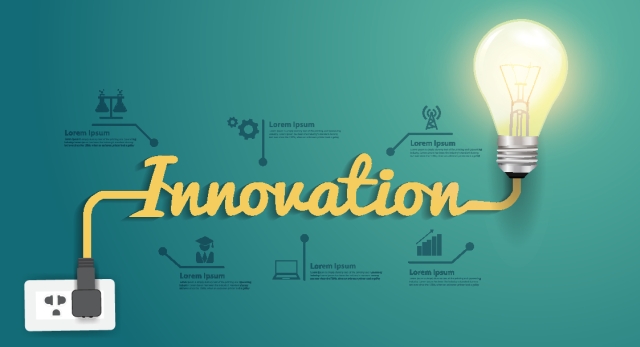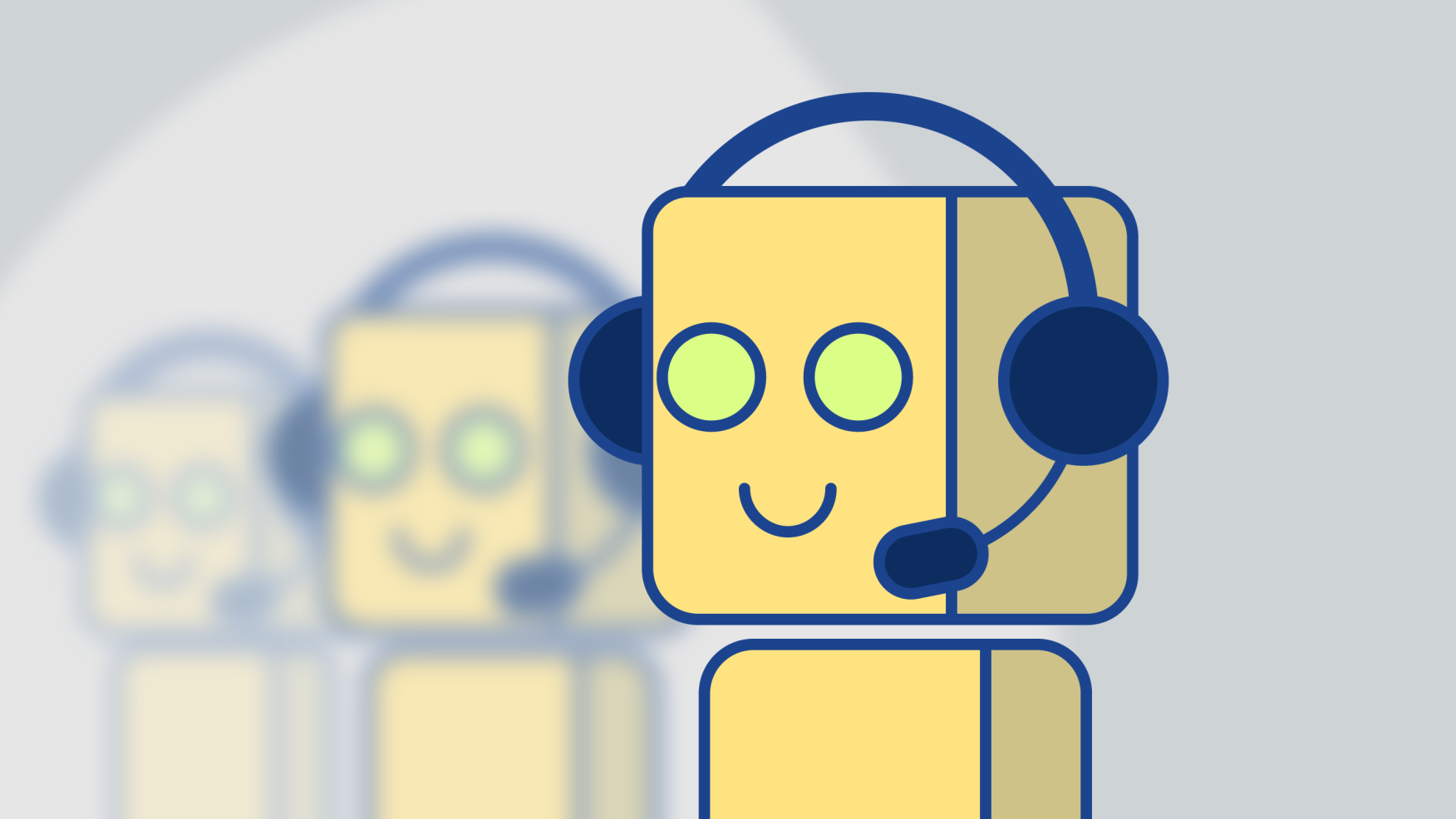Five CRM innovations that you will see in 2018
Hi, Habr! We present to your attention the translation of the article Five CRM Innovations You'll See in 2018 by Peter Kowalke.

Modern business is moving faster and becoming more and more demanding. This is facilitated by high competition and consumer demands coming from online, as well as from projects focused on mobile systems. The satisfaction of these requests requires a high level of experience in working with clients at all possible stages, and this draws special attention to the joint development of systems - automation, artificial intelligence, BigData and analytics.
"CRM of the future will use information from disparate but closely related sources, including social signal, communication frequency, comprehensive support and analytics, and also collect them to create meaningful intelligence data," said Anthony Smith, CEO of Insightly. CRM can not stand still, and they do not stand. Highlight five CRM innovations that will appear in the very near future.
Automatic workflow adjustment
')
Manual labor and inefficient business processes are not at all friends of a dynamically developing business. In the near future, CRM - systems will begin to automatically adjust workflows to improve efficiency.
“Since the AI technology is exploring various ways that organizations and individual users can collaborate with software, it will begin to offer various ways to optimize the system,” says Mani Vembu, chief operating officer of the CRM manufacturer Zoho.
For example, after examining repetitive usage patterns, CRM systems, in conjunction with AI, will tune the system to minimize manual work, create automatic actions, or reconfigure the interface to better fit the user’s behavioral patterns.
Chatbots and conversational interfaces

CRM starts working with AI and services, such as chatbots, which are the basis for interactive interfaces.
“New conversational interfaces with advanced natural language processing capabilities make it possible to qualify a client without a manager, and even continue talking with an already qualified client,” said Jeff Nicholson, vice president of product marketing for Pegasystems CRM.
These may include web chat, telephony or other channels aggregated with CRM. Communication is possible using oral and written language.
Automatic data entry and next best action
Get ready for simpler automation. CRM will include handling repetitive tasks so that users can focus on more important things, such as strategy and sales closing.
“In 2018, CRM will move away from customer management to building customer relations - CRM,” says Smith at Insightly.
“CRM will pre-fill the required data fields with available marketing statistics and demographic information. It will include functionality that helps users manage and build long-lasting customer relationships, ”says Anthony Smith, CEO of Insightly.
One of the disadvantages of CRM is that the user is forced to spend time working with solutions with similar functionality, thereby dispersing resources and dispersing attention. But CRM companies quickly eliminate duplicate functionality and make it easier to focus on the data embedded in CRM.
“AI will lead vendors with minimal time, allowing you to plan sales more efficiently, even based on customer data that the seller may not have been aware of,” adds Nicholson. "AI can help eliminate blind spots in the sales process, directing salespeople through all customer activity, speeding up a deal and increasing the likelihood of a positive outcome."
Deep personalization
Forget about mail merge and other intricacies, for example, basic segmentation. CRM manufacturers are working on a much deeper personalization that will help companies customize customer experience to such an extent that landing pages will be dynamically built for each contact, and customers will interact with brands rather than with individual divisions within the company.
“Instead of being limited to employee skills, system or channel functionality, new CRM technologies will cover the brand’s experience around customer needs, wherever they are,” Nicholson said.
In practice, this means that customers will no longer have to go through endless screens and prompts or pass on to several service representatives in order to get what they need.
“As a result, employees can provide optimal service at the moment, regardless of customer needs — sales, services, or marketing,” Nicholson said.
Integration of IoT (Internet of Things)

CRM systems will also soon begin to more closely interact with signals from cars, phones and home devices to create a clearer picture of the client.
“If done correctly, integrating IoT data into context-sensitive sales, marketing, delivery and service processes can provide innumerable opportunities to personalize individual customer experiences,” says Insightly Smith.
“Connected devices and IoT will soon appear as the main signal generators — and often provide a more honest picture of the client than a conversation with this person,” he says. CRM will capture this data and merge it into a dynamic, automated, operational client profile.,
This, in our opinion, is the future of the industry. Ahead of exciting times for CRM-systems and companies that use them.

Modern business is moving faster and becoming more and more demanding. This is facilitated by high competition and consumer demands coming from online, as well as from projects focused on mobile systems. The satisfaction of these requests requires a high level of experience in working with clients at all possible stages, and this draws special attention to the joint development of systems - automation, artificial intelligence, BigData and analytics.
"CRM of the future will use information from disparate but closely related sources, including social signal, communication frequency, comprehensive support and analytics, and also collect them to create meaningful intelligence data," said Anthony Smith, CEO of Insightly. CRM can not stand still, and they do not stand. Highlight five CRM innovations that will appear in the very near future.
Automatic workflow adjustment
')
Manual labor and inefficient business processes are not at all friends of a dynamically developing business. In the near future, CRM - systems will begin to automatically adjust workflows to improve efficiency.
“Since the AI technology is exploring various ways that organizations and individual users can collaborate with software, it will begin to offer various ways to optimize the system,” says Mani Vembu, chief operating officer of the CRM manufacturer Zoho.
For example, after examining repetitive usage patterns, CRM systems, in conjunction with AI, will tune the system to minimize manual work, create automatic actions, or reconfigure the interface to better fit the user’s behavioral patterns.
Chatbots and conversational interfaces

CRM starts working with AI and services, such as chatbots, which are the basis for interactive interfaces.
“New conversational interfaces with advanced natural language processing capabilities make it possible to qualify a client without a manager, and even continue talking with an already qualified client,” said Jeff Nicholson, vice president of product marketing for Pegasystems CRM.
These may include web chat, telephony or other channels aggregated with CRM. Communication is possible using oral and written language.
Automatic data entry and next best action
Get ready for simpler automation. CRM will include handling repetitive tasks so that users can focus on more important things, such as strategy and sales closing.
“In 2018, CRM will move away from customer management to building customer relations - CRM,” says Smith at Insightly.
“CRM will pre-fill the required data fields with available marketing statistics and demographic information. It will include functionality that helps users manage and build long-lasting customer relationships, ”says Anthony Smith, CEO of Insightly.
One of the disadvantages of CRM is that the user is forced to spend time working with solutions with similar functionality, thereby dispersing resources and dispersing attention. But CRM companies quickly eliminate duplicate functionality and make it easier to focus on the data embedded in CRM.
“AI will lead vendors with minimal time, allowing you to plan sales more efficiently, even based on customer data that the seller may not have been aware of,” adds Nicholson. "AI can help eliminate blind spots in the sales process, directing salespeople through all customer activity, speeding up a deal and increasing the likelihood of a positive outcome."
Deep personalization
Forget about mail merge and other intricacies, for example, basic segmentation. CRM manufacturers are working on a much deeper personalization that will help companies customize customer experience to such an extent that landing pages will be dynamically built for each contact, and customers will interact with brands rather than with individual divisions within the company.
“Instead of being limited to employee skills, system or channel functionality, new CRM technologies will cover the brand’s experience around customer needs, wherever they are,” Nicholson said.
In practice, this means that customers will no longer have to go through endless screens and prompts or pass on to several service representatives in order to get what they need.
“As a result, employees can provide optimal service at the moment, regardless of customer needs — sales, services, or marketing,” Nicholson said.
Integration of IoT (Internet of Things)

CRM systems will also soon begin to more closely interact with signals from cars, phones and home devices to create a clearer picture of the client.
“If done correctly, integrating IoT data into context-sensitive sales, marketing, delivery and service processes can provide innumerable opportunities to personalize individual customer experiences,” says Insightly Smith.
“Connected devices and IoT will soon appear as the main signal generators — and often provide a more honest picture of the client than a conversation with this person,” he says. CRM will capture this data and merge it into a dynamic, automated, operational client profile.,
This, in our opinion, is the future of the industry. Ahead of exciting times for CRM-systems and companies that use them.
Source: https://habr.com/ru/post/341968/
All Articles